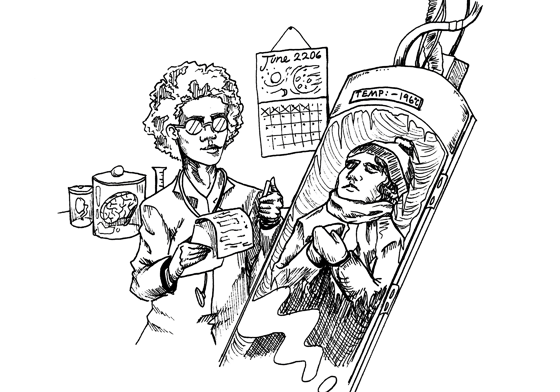Since the dawn of time, humankind has delved into available resources to alter the environment, making it more liveable and more comfortable day by day. Being able to use a spear-shaped rock to hunt, or using a cattle-driven chariot to transport goods were considered marvels, and greatly influenced the agricultural sector and ensured food security for man over time.
It all started with the use of simple mechanical systems to assist farmers in transporting heavy loads, or in crushing cereal to make refined products and widen the variety of foods available for consumption. Over the years, we witnessed the development of railway tracks, making transport of agricultural goods faster, more efficient and cost-effective. Later, we saw the advent of automatic systems in agriculture, such as the use of machinery to milk cows and sort milk according to quality, to the use of highly precise sensors to track the pH of soil. Data analysis tools, combined with crop monitoring via satellite, have revolutionised our ability to predict soil fertility trends. We also make use of genetic modifications to make environmentally stronger crops, able to better withstand climatic, biological and chemical damage. With these scientific breakthroughs, man has seen agriculture metamorphose into a mechanised and automated world, where technology complements human ingenuity.
Today, humankind has reached new heights as far as agricultural technology is concerned. Agricultural robots, commonly known as ‘agbots’, will soon become a fully viable solution to various farming problems. One of the most serious problems is colony collapse disorder, faced by pollinator bees, triggered by ecological imbalances and climate change. Environmentalists have noted a massive decline in the bee population in the world, which directly impacts food production as pollination rates drop, threatening food security all over the planet.
A few decades ago, the focus was on trying to resolve the issue, by artificially breeding bees and re-introducing them into the environment when they became mature and environmentally resilient. Others would emphasise the need to make use of genetically modified insects or cloning as a means of boosting the bee population growth. However, today there is an unprecedented way to address the issue: miniature robotic bees. These agbots are known as RoboBees, as nicknamed by the Harvard University researchers working on the project, led by Professor Robert Wood.
With advancements in robotics and material technologies, what was unthinkable in the past is today’s reality. Carbon fibre, titanium and plastics are combined to make micro-mechanical structures, which are rigid all while having flexible joints so as to achieve different flight manoeuvres and carry out exceptionally specific functions. Highly precise refining methods such as laser-cutting are used to manufacture the outer bodies of the RoboBees, and state-of-the-art materials engineering technologies are employed in the circuitry of the agbot: printed-circuit micro electromechanical systems (PC-MEMS). The overall structure is very light, owing to the low-density materials used, and thus RoboBees has low power consumption and can move around quite fast – the wings are able to flap 30 times per second. Only a few centimetres long, once put into use, these RoboBees will have a massive influence on the agricultural sector. It will serve as temporary solution to the danger of extinction of natural bees and boost pollination, thus ensuring the continuity of plant reproduction.
However, more progress is yet to be achieved in regards to the large-scale implementation of this project. The next challenge is to enable the RoboBees to communicate with one another and coordinate their actions as a unit, to biomimic the natural hive behaviour of bees. This would promise an imminent revolution in terms of using the robotic bees for other purposes, such as the identification of chemically-hazardous regions through the use of sensors, or the simplification of search and rescue operations using small size of the robot.
While still at the prototype stage, the RoboBee project is bound to push the limits of the use of technology in agriculture, and open up a world of endless possibilities in terms of the future possibilities of agbots. Get ready to say hello to Nature 2.0!


